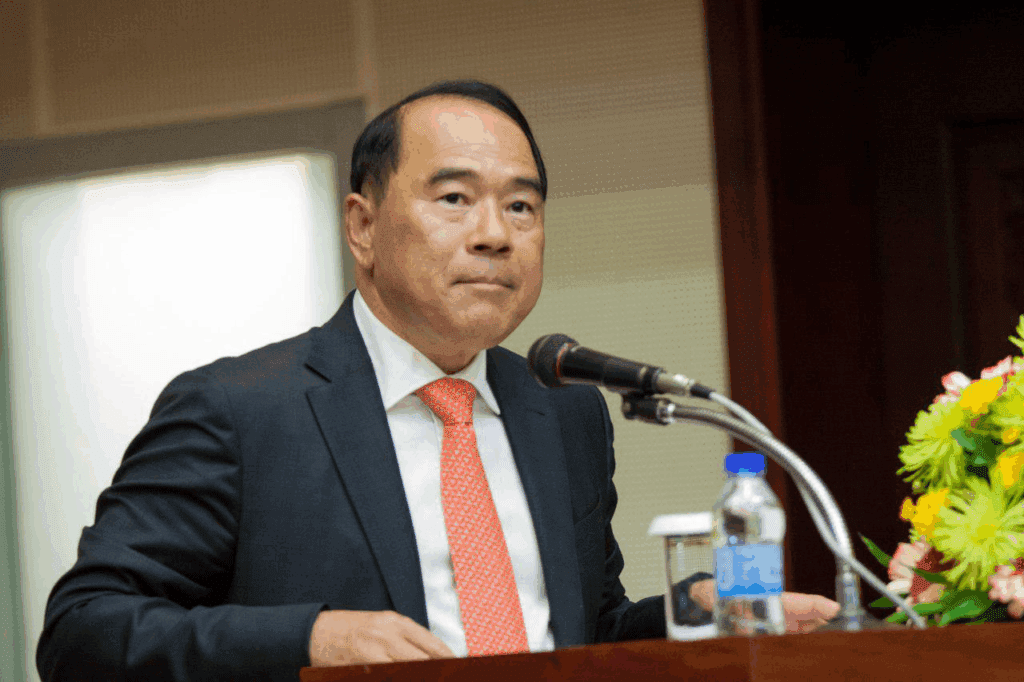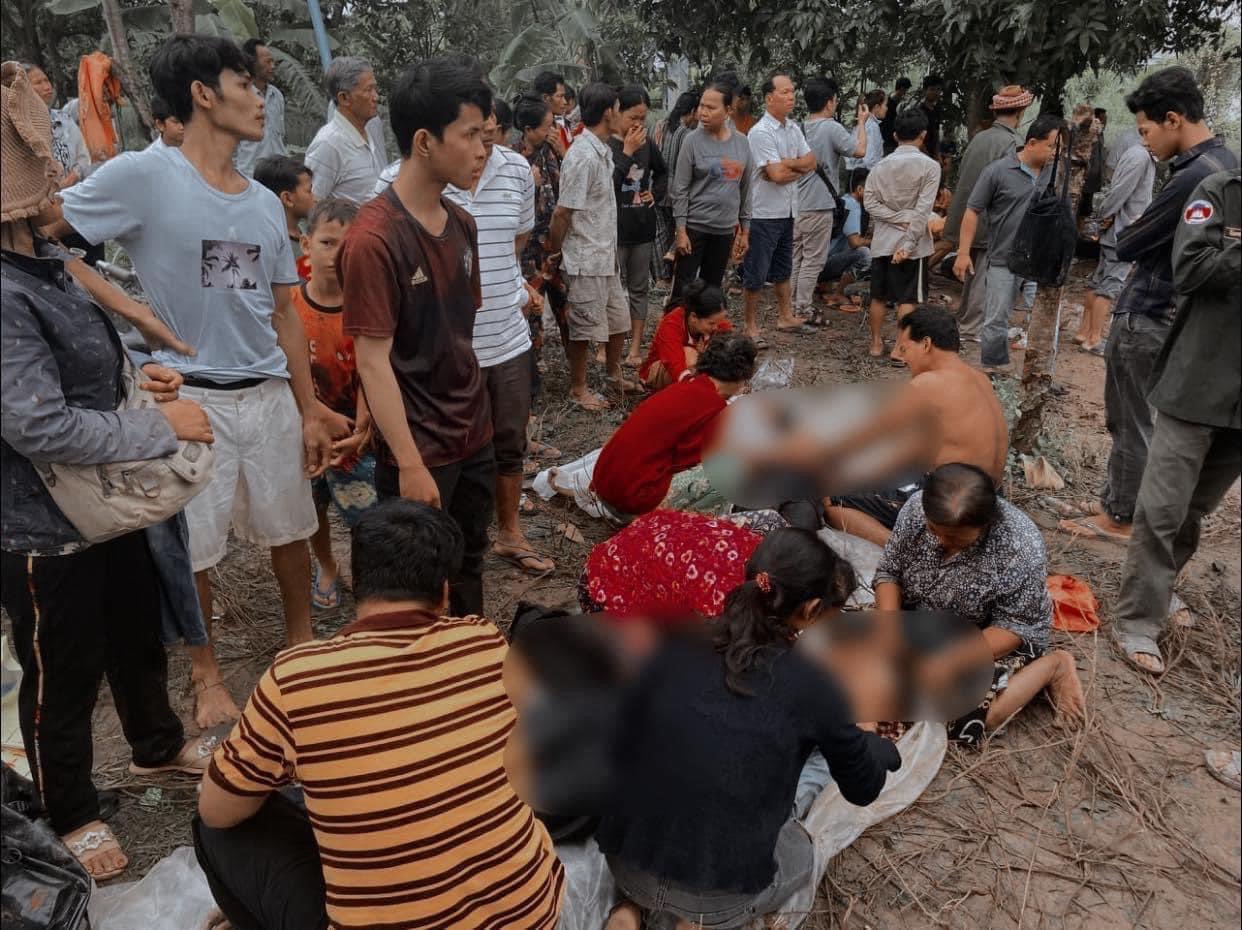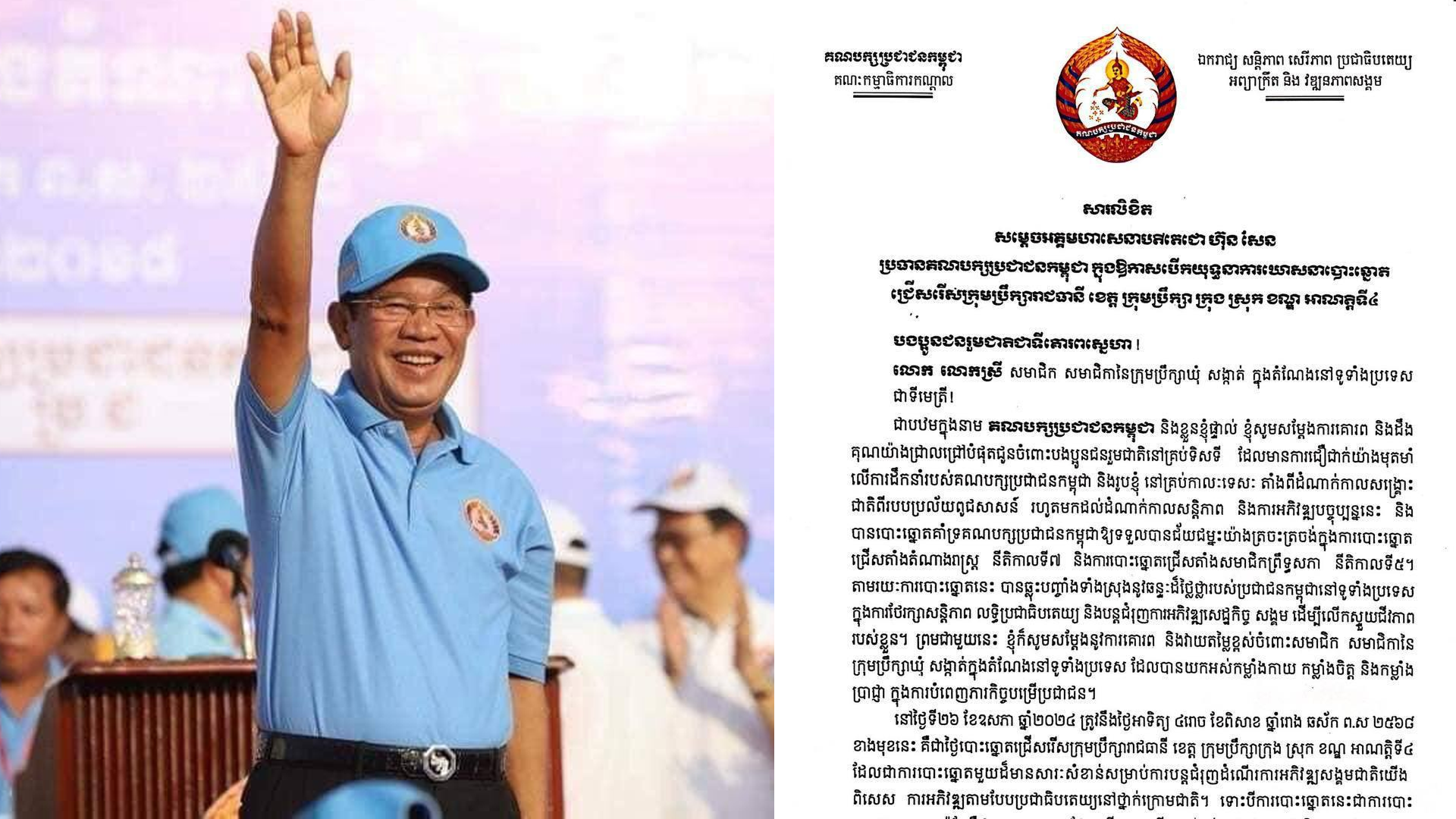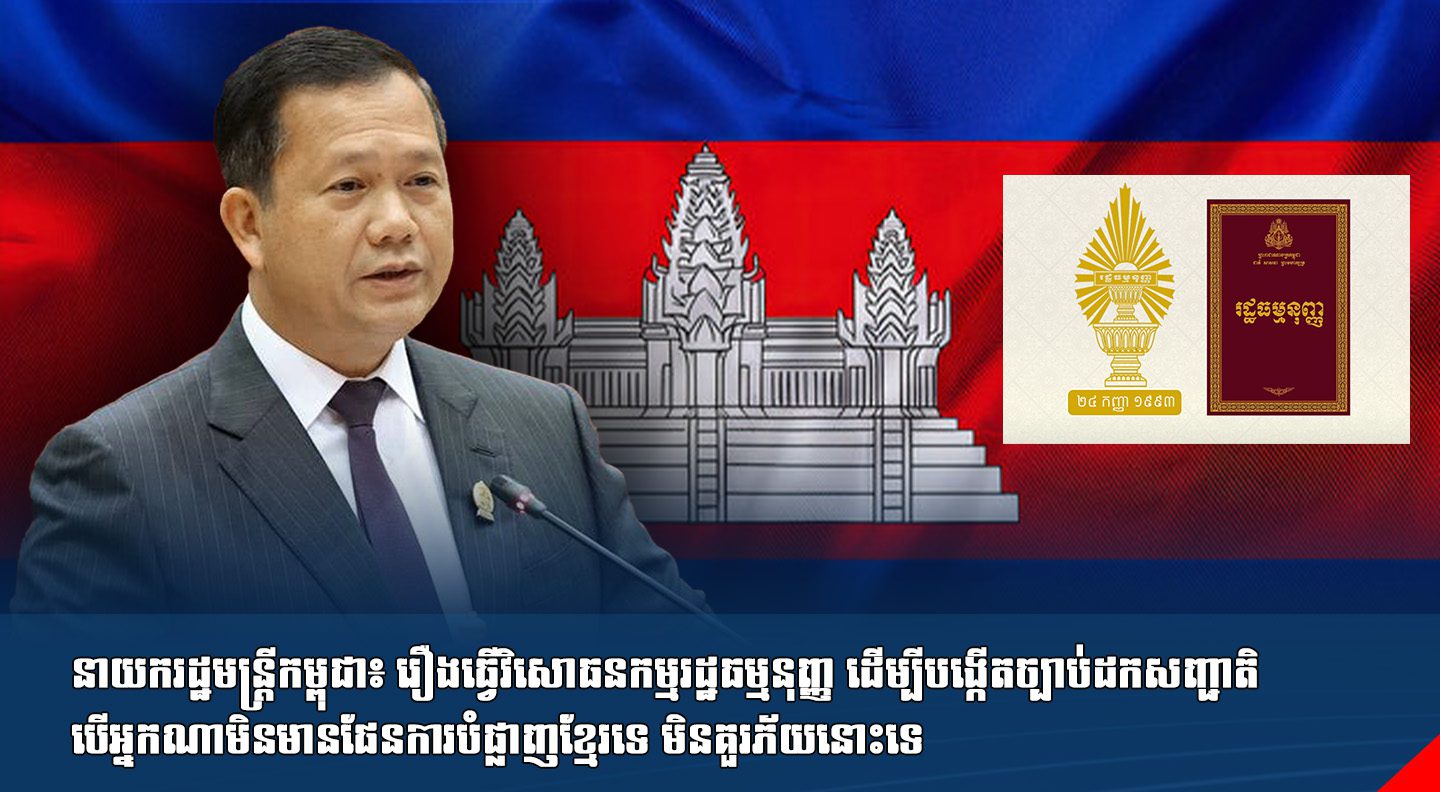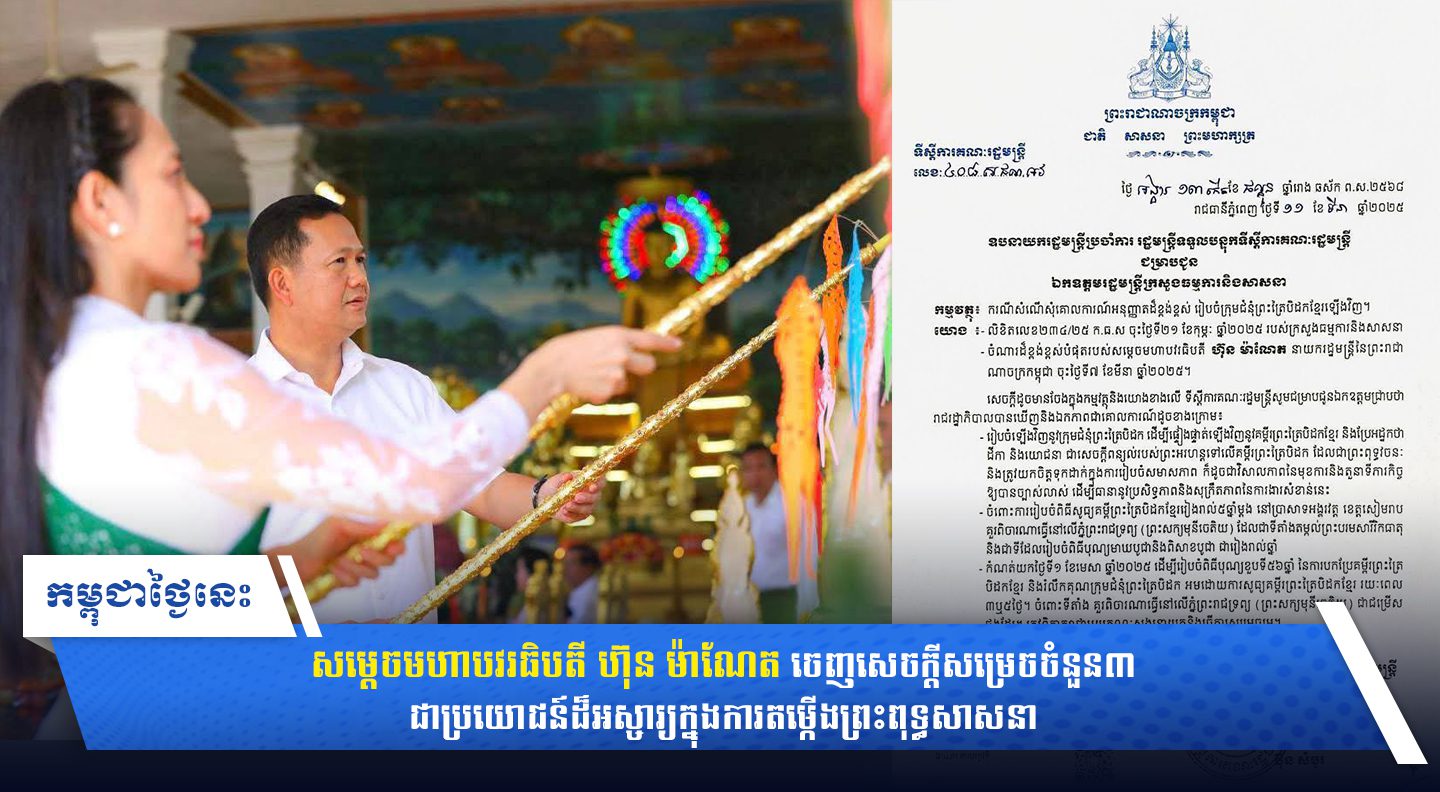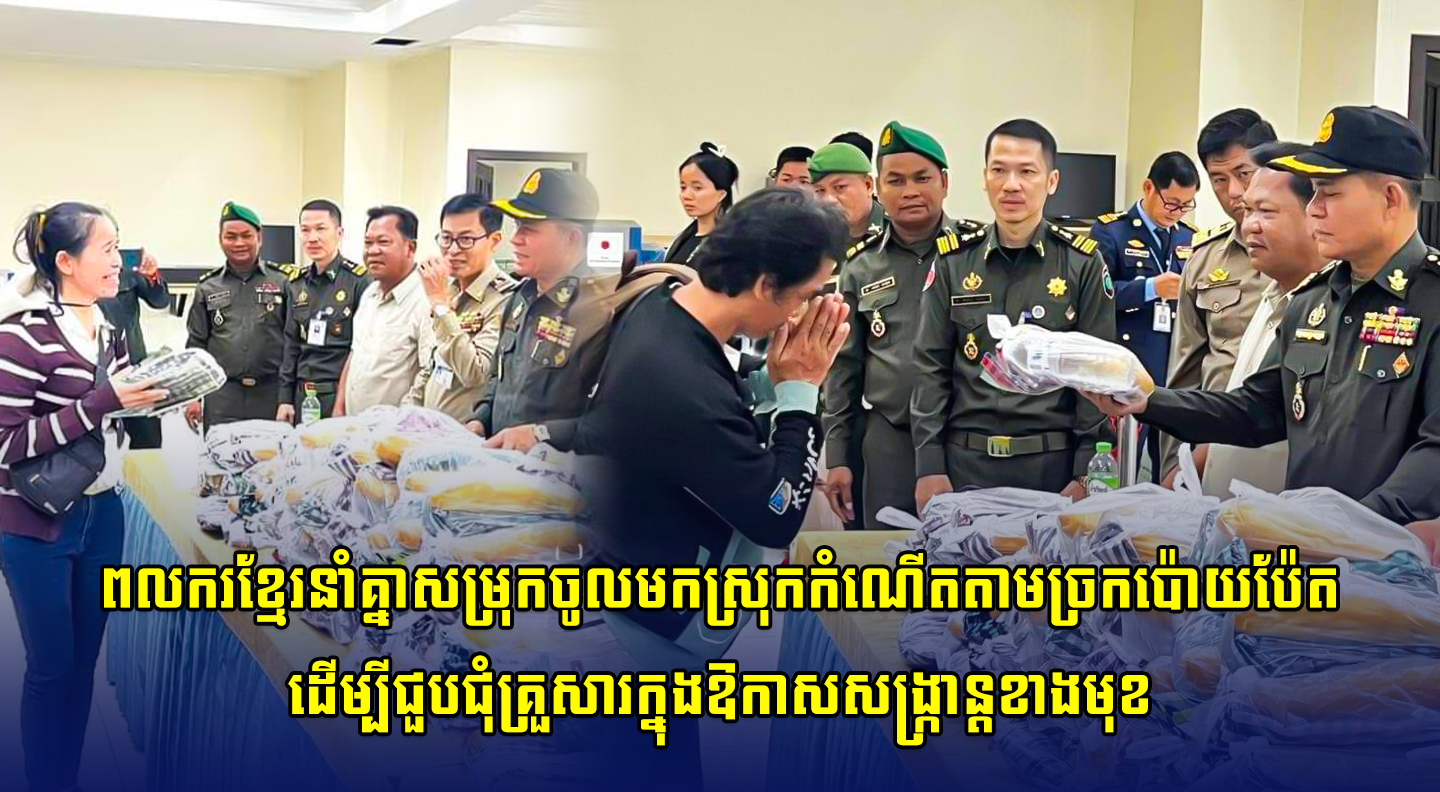Statement by Cambodian Mine Action and Victim Assistance Authority (CMAA)Date: July 23, 2025
CMAA Responds to Thai Allegations: Incident Occurred in Documented Minefield Within Cambodian Territory
PHNOM PENH — The Cambodian Mine Action and Victim Assistance Authority (CMAA) issues the following statement in response to recent claims by Thai officials alleging the deployment of new landmines by Cambodian forces along the Cambodia–Thailand border.
Following a landmine explosion on July 16 and 23 that injured Thai soldiers near the border in Preah Vihear province, Thai authorities alleged that a newly planted PMN-2 anti-personnel mine was responsible. CMAA firmly rejects this accusation and reiterates Cambodia’s full compliance with the Anti-Personnel Mine Ban Convention, which it ratified in 1999.
Technical verification by the Cambodian Mine Action Centre (CMAC) confirms that the incident occurred inside Cambodian territory—specifically in minefield BS/CMAA/16808, located in Techomorokot village, Morokot commune, Choam Ksan district. This minefield is officially documented, remains uncleared, and forms part of Cambodia’s known inventory of legacy minefields stemming from past conflicts.
A forensic assessment of the injury pattern suggests the blast was likely caused by an older, low-yield landmine such as a Type 72A, 72B, M14, MN79, or MD82B—each of which typically contains approximately 30 grams of explosive material. By contrast, a PMN-2 mine contains more than 115 grams of explosive and typically results in far more catastrophic injuries. Experts note that the injuries sustained in this incident are inconsistent with a PMN-2 detonation.
CMAA underscores the following key facts:
- No new mines have been planted. The affected area is part of a longstanding minefield that poses a continued humanitarian threat to border communities.
- The explosion occurred in an officially recorded hazardous zone. The blast site lies entirely within Cambodian territory and has yet to be cleared.
- Cambodia has an internationally recognized mine action record. Since 1992, Cambodia has cleared over 1.1 million landmines and nearly 3 million explosive remnants of war. The country continues to play a leading role in global demining efforts, including hosting the 2024 Siem Reap–Angkor Summit of the Mine Ban Treaty.
Claims of new mine deployment are not supported by field evidence and risk undermining the spirit of cooperation essential to humanitarian mine action.
Senior Minister Ly Thuch, First Vice President of CMAA, lamented the fact that some Thai leaders are manipulating border tensions to shift focus from Thailand’s internal political issues. He strongly disputed Thailand’s suggestion that Cambodia had planted new mines, stating that Cambodia has suffered for decades from landmine contamination and is actively working to eliminate them.
“We are exhausted from the danger of landmines and have spent over 30 years clearing them,” he said. “Cambodia remains committed to peace, and we urge Thailand to come to the table for dialogue on border issues and joint demining operations.”
He further noted that landmine clearance along the Thai border remains a complex challenge due to difficult terrain, dense vegetation, and the presence of heavily contaminated areas, which require more time and resources to clear.
The Senior Minister also stressed that Thailand’s persistent lack of goodwill and unwillingness to engage constructively with Cambodia on border demarcation represent a significant obstacle to Cambodia achieving its mine-free goal.
“According to historical records, Thai military forces and certain Thai politicians have repeatedly provoked disputes with neighbouring countries such as Cambodia, Laos, and Myanmar,” he said.
